Report from Bangkok – PATA Travel Mart 2004: A new focus on low season tourism is part of wide-ranging marketing plans approved by the Tourism Authority of Thailand for 2004/2005…
Report from Bangkok – PATA Travel Mart 2004: A new focus on low season tourism is part of wide-ranging marketing plans approved by the Tourism Authority of Thailand for 2004/2005 as part of its efforts to attract 20 million visitors by 2008. The low season period, usually from May to September, will be renamed the ‘Green Season’ and promoted as a good time to visit Thailand when the country becomes green and fresh thanks to the monsoon rains.
The three-year project beginning in 2005 will be supported by appropriate product development and promotion strategies.
Tourism Authority of Thailand Governor Mrs Juthamas Siriwan speaking today on a press conference in PATA Travel Mart 2004, said, “We are trying to balance out the peaks and troughs between arrivals in the peak and low seasons, so that the private sector can get business all year.
“While traditional markets like Europe, Japan and North America continue to do well in the peak season, the emergence of new markets like China and India, our own domestic Thai market as well as new developments like low-cost airlines are opening up opportunities to boost travel in the ‘Green Season’, too.” Mrs Juthamas, replying to a question of TravelDailyNews, mentioned that TAT intends to increase the market share of Europe which is 28% until today while the rest 56% is from the ASEAN and East Asia region countries. In this effort the Governor intents to ask the help of Thai Airways to increase its seats capacity for Europe which is considerably low, only 40.000 seats per month during the peak period of October to January. Mrs Juthamas believes that charter flights should also add to and from European destinations and especially from Scandinavian markets.
Statistics show that arrivals fluctuate considerably by month, with December usually being the highest and June the lowest.
For example, in June 2003, international arrivals to Thailand totaled 591,164 and rose in December 2003 to 1,182,232 — a gap of nearly double which can be narrowed considerably with proper marketing strategies.
This effort will go a long way towards helping Thailand attain a target of 20 million arrivals by 2008 and position itself as the “Tourism Capital of Asia.”
In 2004, based on current arrivals trends, TAT is projecting arrivals of 11.23 million although the actual target is for 12 million. In 2005, the TAT projection is for 12.28 million arrivals as against a target of 13.38 million.
According to Mrs Juthamas, arrival projections are being deliberately kept conservative and realistic due to unforeseen external shocks and crises which tend to disrupt the best laid plans.
The projection for domestic travel is 73.18 million visitor-trips in 2004 and 76.25 million in 2005.
Overall, the goals and objectives of the Thai tourism marketing plans will maintain a focus on attracting upmarket visitors with high levels of expenditure and a high average length of stay.
Mrs Juthamas said the extensive support being given by Thai Prime Minister Thaksin Shinawatra is very important for the future development of tourism.
She said the TAT will forge stronger partnerships with Thai Airways International, other airlines serving Thailand as well as the local and international private sector.
Visitors now want more out of a holiday than just sightseeing. The trend has shifted to a more activity-based holiday, which has led to the rapid development of niche market segments like golf, health/wellness/spa, delegates to meetings, incentives, conventions and exhibitions, film-makers, diving and eco-tourism enthusiasts, etc.
Well-known events and festivals like Songkran and Loi Krathong will be also regularly publicised. Most importantly, the country will be promoted as the gateway to the Greater Mekong Subregion, especially in the wake of the significant transportation networks and infrastructure coming up in the region.
Mrs Juthamas said it is vital for the Thai private sector to continue to develop quality tourism products to suit these target markets.
To achieve these goals, TAT is seeking a special budget allocation of 7.95 billion baht (about US$ 198.75 million) to fund the new initiatives and project start-up costs for the fiscal year 2005/2006.
Thereafter, the budget request drops to 5.45 billion baht (about US$ 136.25 million) for each of the following three years.
Mrs Juthamas said, “The three critical components of our future strategy will be Quality, Sustainability and Competitiveness. We are confident of meeting our objectives because the foundations of our industry are strong.
“Thailand is well-known worldwide as a politically stable country and desirable tourist destination with a unique culture, friendly people, excellent food and a high quality of products and services, all at affordable prices.
“At the same time, a growing number of low-cost airlines and highways are boosting links between Thailand and the neighbouring countries of the Mekong subregion, ASEAN and South Asia.”
Mrs Juthamas added, “Assuming that there are no international crises that affect global travel and tourism at large, we should enjoy high visitor arrivals in the years ahead.”
Theodore is the Co-Founder and Managing Editor of TravelDailyNews Media Network; his responsibilities include business development and planning for TravelDailyNews long-term opportunities.
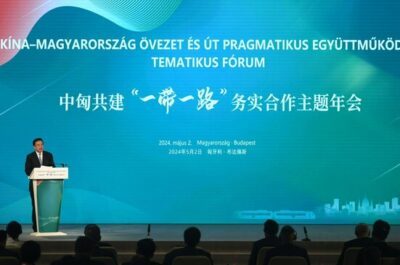



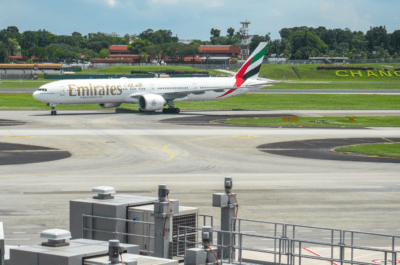

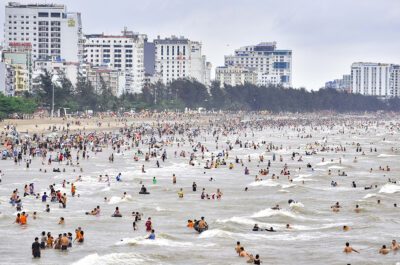
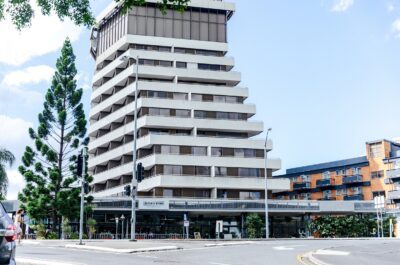
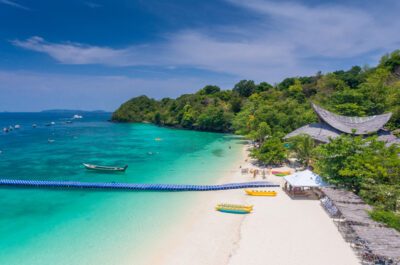
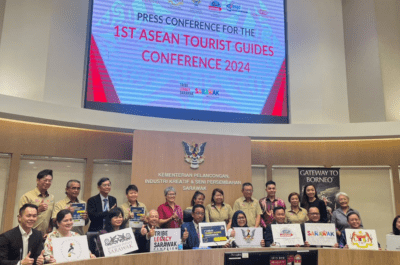






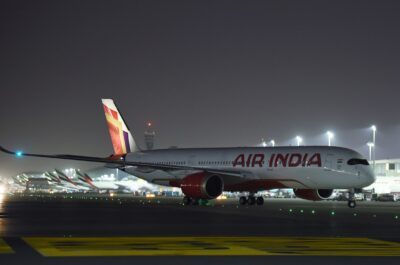




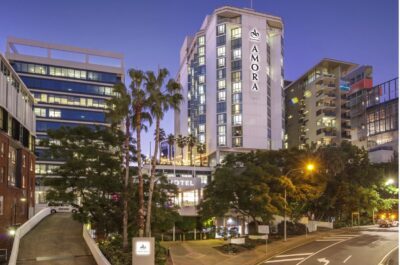












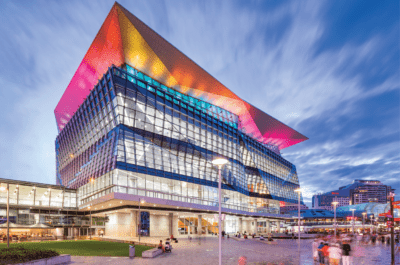






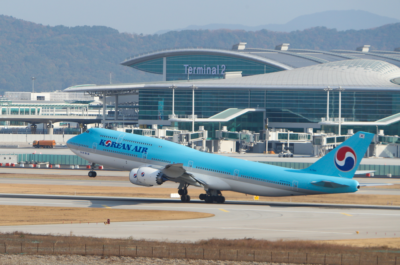
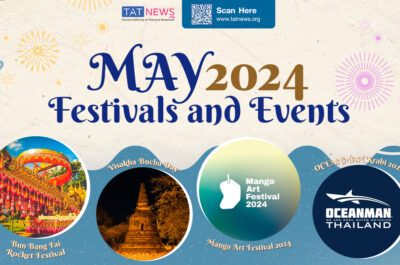


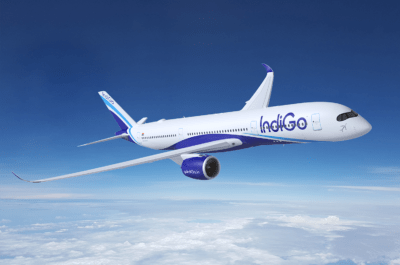



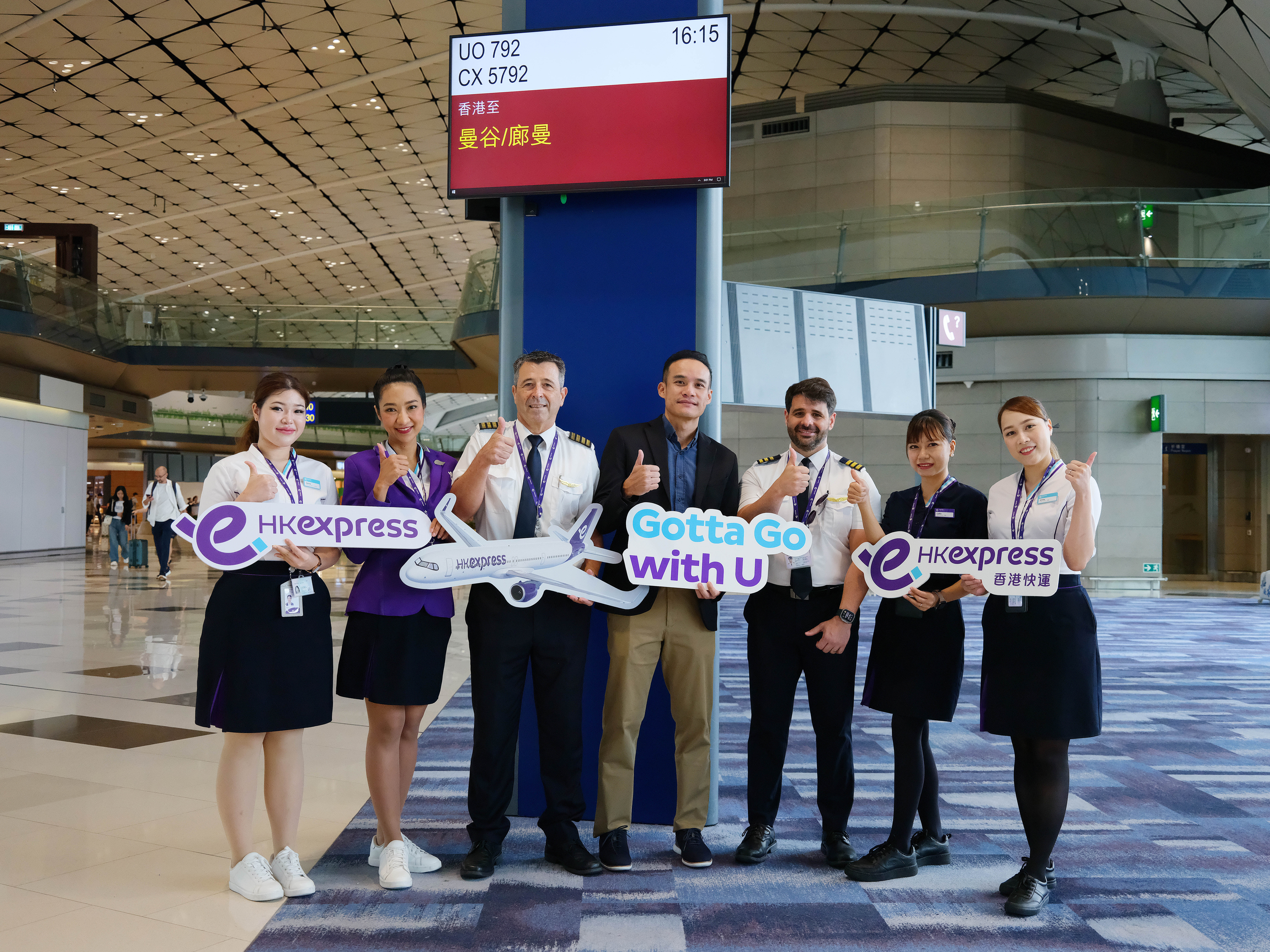
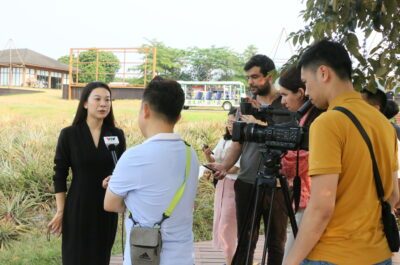

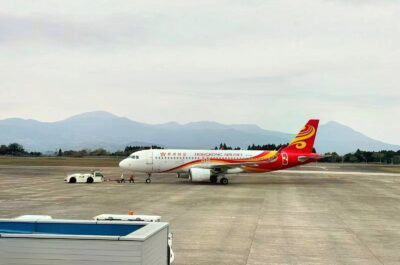




![[PR] PR_Ascott and Vimut Hospital_2024](https://www.traveldailynews.asia/wp-content/uploads/2024/04/PR-PR_Ascott-and-Vimut-Hospital_2024-400x265.jpg)







